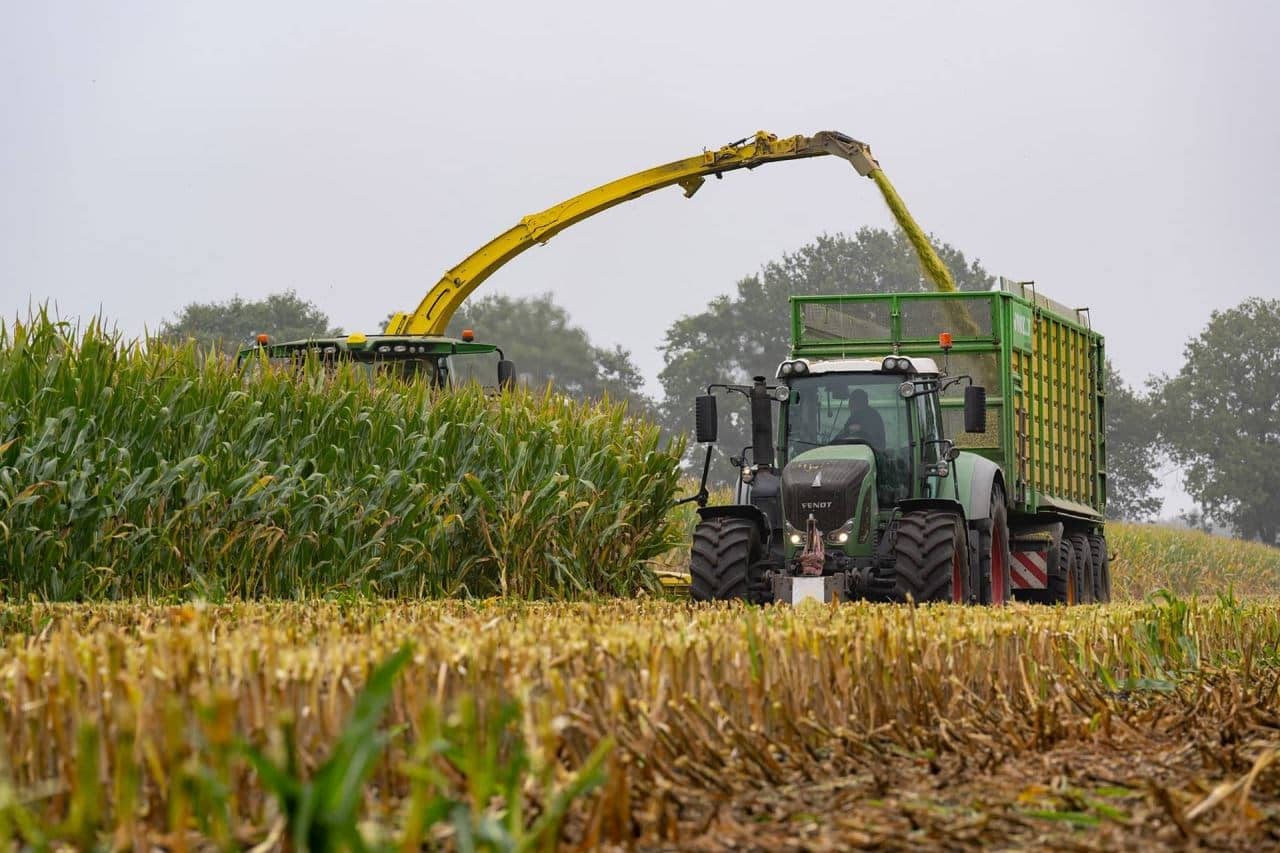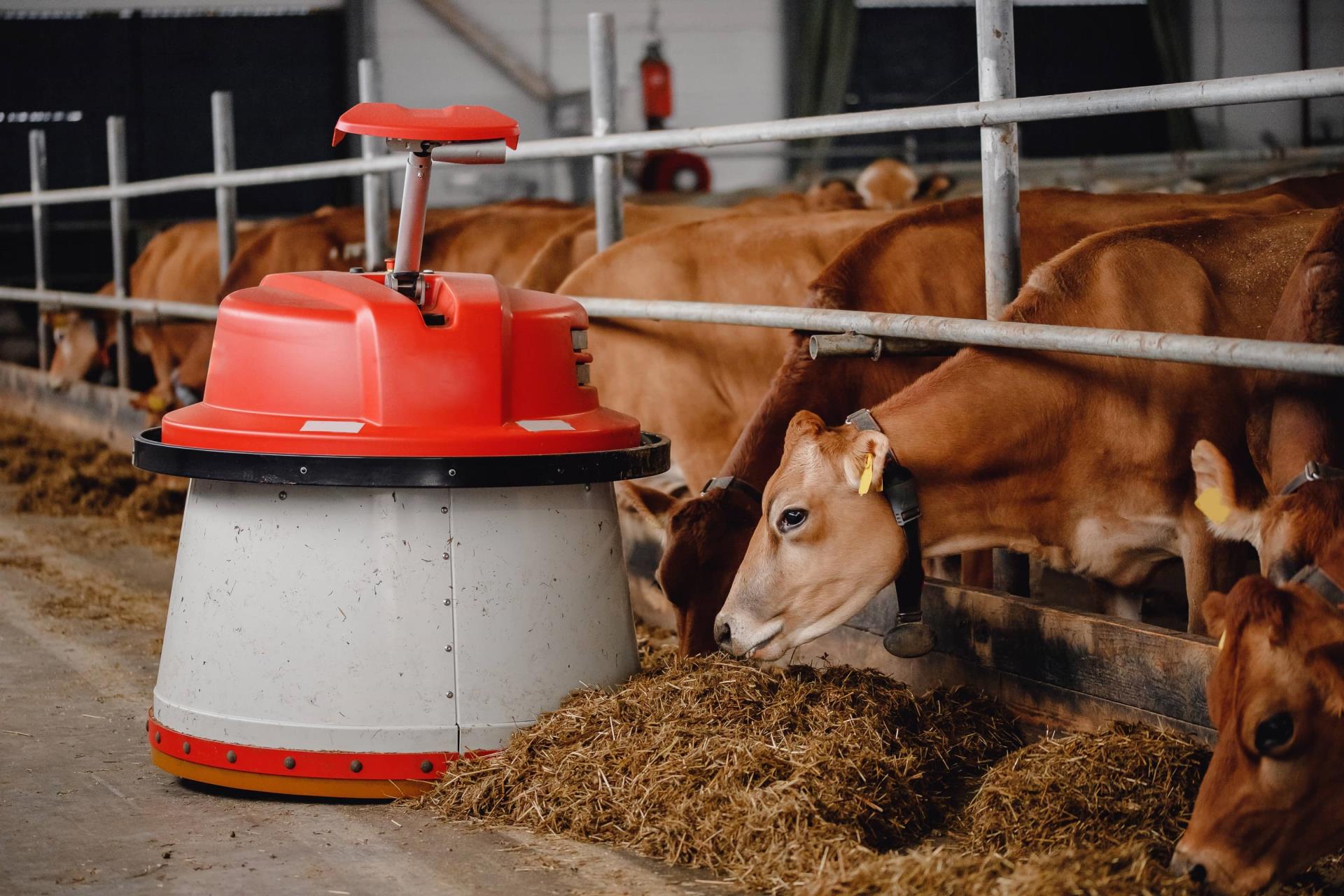With all herds now settled onto their winter diets we have reviewed the performance of our herds and identified key areas that should be reviewed at your farm nutrition visits.
Maize Silage
 Maize harvest 2023 was very tricky with some farmers struggling to harvest when the crop was fit to harvest.
Maize harvest 2023 was very tricky with some farmers struggling to harvest when the crop was fit to harvest.
This has lead to the starch becoming unavailable to the cow, with a lot passing through the rumen undigested. As a result herds are lacking Fermentable Metabolisable Energy (FME) in their diets, which has been holding back yield performance, particularly in freshly calved high yielding cows.
By adding or changing to a quickly fermentable source of energy/starch such as a rolled cereal we have seen yield increases of 2 – 3 litres/cow with a few days of the changes.
If the maize is well fermented and forage stocks allow a change in the ratio of forages is also benefiting herds and resulting in yield increases.
The option to carry maize forward is always beneficial to the cow performance as it will allow the new crop to ferment in the clamp prior to feeding. This will ensure the starch is available to the cow.
We do expect the digestibility of the maize starch to improve over the coming months. It is key to watch out for signs of subacute acidosis caused by low rumen pH. Correcting this can pay dividends by increasing the efficiency of the rumen function.
The analysis generally shows that the maize silage has also been dryer, which is making diets a lot more open and fluffy. This can then lead to diet sorting.

Sorting signs to look for:
- Cows making holes in the mixed ration
- Visible long forage in feed refusals
- Differences in milk yield and dung consistency
- Wide variations on milk qualities, regardless of milk yield or days in milk
How to reduce sorting:
- Reduce the chop length of long fibres – chopping forages before adding to the feeder wagon is usually more effective.
- Adding water to the ration – to reduce the DM of the diet to below 50%.
- Adding liquid feeds – to help the diet stick together.
- Increase feeding frequency/pushing up of the ration – provide a more consistent diet, improving intakes and reduces opportunity to sort.
Overall, the forage quality this year is lower with higher fibre and low sugars. Therefore, it is key to start planning ahead for the 2024 silage season by contacting your contractor and discussing your requirements to fit around the shortening weather opportunities.
Marginal Cows – Who’s Hiding in Your Herd?
With the current cost of production and the holding of the milk price it producing a tight squeeze on margins and cashflow. At this time, it is important regularly re-evaluate the marginal cows break-even litres. These cows are on the edge of justifying their place in the herd, so rather than contributing to the bottom line profit they’re reducing it. To work out which are your marginal cows, you need to calculate the daily cows of keeping a cow in your herd. We can calculate the daily costs for your individual farm using:
- Diet cost
- Labour cost
- Bedding cost
- Dairy Sundry cost
- Vet & Med cost
- Manure Hauling/Spreading cost



